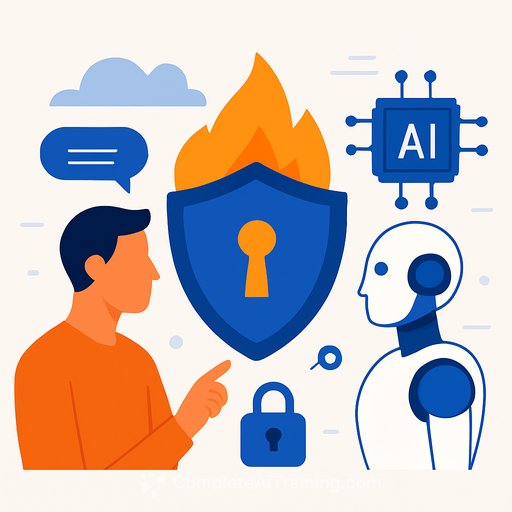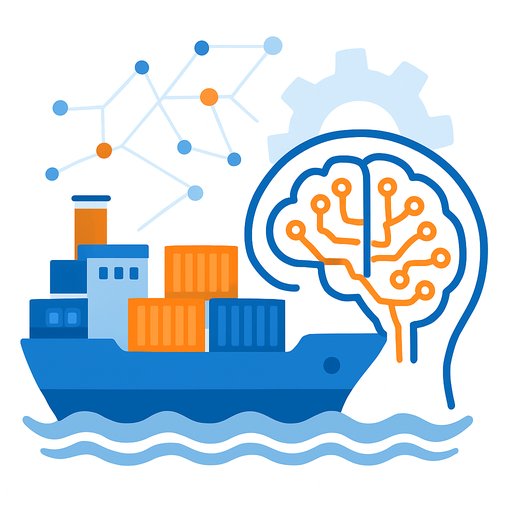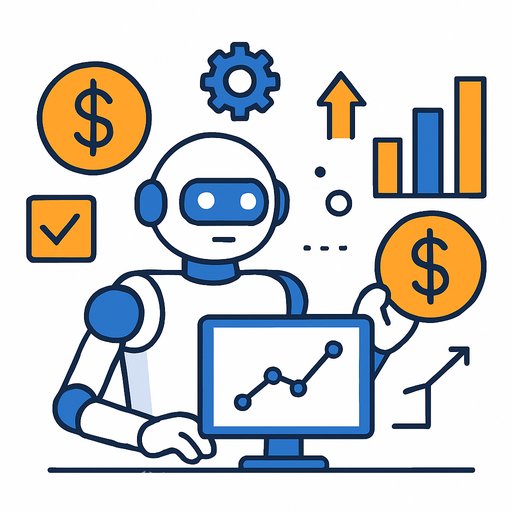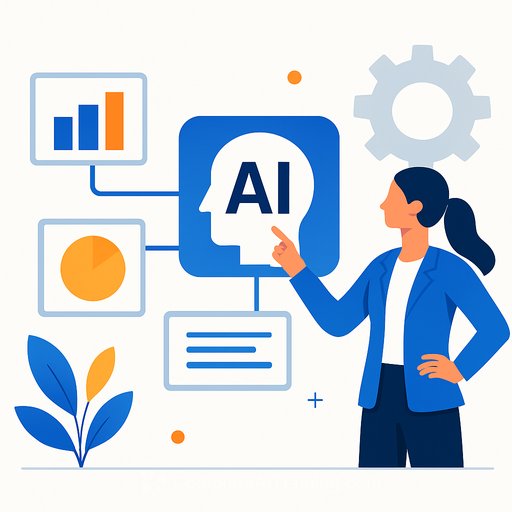AI in Third-Party Risk: Augmentation, Prediction, and the Leadership Imperative
Supply chain risk no longer stops at the company boundary. The real exposure sits across suppliers, partners, and the broader network. AI can make sense of the noise, but it can't take the fall. As Dave Rusher puts it, "You can't just point to the AI and say, 'My agent made that decision.' Companies still own their risk."
Steven Adler adds the forward view: supplier-risk intelligence is shifting from detection to prediction. The value is early warning on cyber, legal, or M&A shocks-and using that signal to shape strategy, not just trigger audits. Put simply: automation supports analysis; humans own accountability and action.
Key takeaways
- AI augments risk work; it doesn't own decisions, compliance, or outcomes.
- Supplier-risk intelligence is moving from detection to prediction and early warning.
- Human context is non-negotiable-analysts connect factories, contracts, and flows to business impact.
- Executive sponsorship and cross-functional coordination separate proactive programs from reactive monitoring.
From Monitoring to Foresight
The old routine-react to a disruption, then write a postmortem-doesn't hold up. Leading teams build living models of their networks and run "what if" simulations ahead of time. Adler's point stands: supplier conditions matter as much as internal ones. Treating third-party oversight as a checkbox blocks strategic progress.
Shift the goal from alerts to decisions. Use continuous intelligence to find signal, test scenarios, and drive design choices in sourcing, inventory, and logistics. Intelligence that doesn't change decisions is just reporting.
Mindset Over Software
This isn't a tools problem-it's a leadership problem. Rusher and Adler draw a clear line: AI can analyze risk, but accountability stays with people. That's why "autonomous" risk decisions fall short in high-stakes, low-standardization environments.
The practical move is augmentation. Let AI synthesize messy, unstructured inputs-supplier disclosures, audits, contracts, certificates-and surface anomalies. Then have operators and planners judge materiality and next steps.
Talent, Tools, and the Real Starting Line
Top performers staff for business context first, tech second. The best analysts tend to come from planning or network design. They understand how plants, warehouses, contracts, and flows fit together-and how a single supplier issue can ripple through to service levels and EBITDA.
AI helps them see risk earlier and see more of it. People translate it into action: rebalancing capacity, shifting suppliers, adjusting buffers, or renegotiating terms.
A 90-Day Playbook for Executives
- Set ownership: name an executive sponsor and a cross-functional core (procurement, supply chain, finance, legal, security).
- Map exposure: build a tiered supplier list with criticality, single-source flags, and substitute paths.
- Stand up signal feeds: contracts, audits, ESG, cyber posture, litigation, M&A watch, geo and logistics data.
- Define triggers: thresholds that escalate decisions (e.g., breach severity, quality drift, financial distress, political events).
- Pilot prediction: pick 10 critical suppliers and run weekly "early-warning" reviews tied to playbooks.
- Run scenarios: test dual-sourcing, nearshoring, buffer changes, and logistics redirects with cost-to-serve impact.
- Institutionalize cadence: monthly executive review of top risks, decisions made, and capacity to absorb shocks.
Where AI Adds Immediate Value
- Entity resolution: stitching supplier identities across systems and certificates.
- Signal fusion: combining news, legal filings, cyber ratings, and operational KPIs into one risk posture.
- Anomaly detection: spotting drift in quality, delivery, or financial indicators before thresholds are hit.
- Scenario pre-scoring: estimating service and cost impact of a supplier outage to prioritize actions.
What AI Shouldn't Own (Yet)
- Final call on sensitive supplier exits or blacklisting.
- Contractual decisions with non-standard terms or geopolitical implications.
- Policy compliance where regulation or liability is still ambiguous.
Use AI to frame the decision. Keep humans accountable for the decision.
Metrics That Matter
- Time-to-signal: hours from external event to internal alert.
- Time-to-decision: hours from alert to approved action.
- Supplier coverage: percent of spend under monitored intelligence.
- Risk-to-P&L: modeled EBITDA or revenue at risk across top suppliers.
- Cycle closure: percent of alerts that result in playbook action and post-action review.
Leadership and Operating Model
Executives win this by making risk a design input, not a weekly fire drill. Give the team a direct line to leadership, clear thresholds, and a mandate to act. Keep the team small, cross-functional, and tied to strategy-not a sprawling audit project searching for work.
The expectation going forward: integrate supplier-risk intelligence into network design. Treat it like a core capability, with continuous signal, scenario testing, and decision rights built in.
FAQs
- How is AI being used in supply chain and third-party risk?
AI synthesizes unstructured supplier data, flags emerging risks, and provides early warnings for cybersecurity issues, legal exposure, and operational disruptions. - Can AI fully automate supplier-risk decisions for global supply chains?
No. AI lacks consistent context for sensitive, high-stakes calls. Human oversight and business judgment remain mandatory. - Why do companies still need human analysts if AI can analyze risk data?
Analysts bring operational context-how plants, warehouses, contracts, and flows connect. They translate AI signals into decisions and actions. - What separates leading organizations?
They embed supplier-risk intelligence into network design, maintain direct leadership sponsorship, and use AI for proactive scenarios-not just reactive monitoring.
Resources
- NIST AI Risk Management Framework for governance and risk principles.
- ISO 31000 Risk Management Guidelines for common language and process alignment.
Build Team Capability
If you're standing up a small, high-leverage team to operationalize this approach, curated AI training by role can accelerate onboarding and shared vocabulary. See AI courses by job function for pragmatic options.
The bottom line is simple: AI frames the risk, humans own the call. Use prediction to get ahead, and leadership to make it stick.
Your membership also unlocks:








